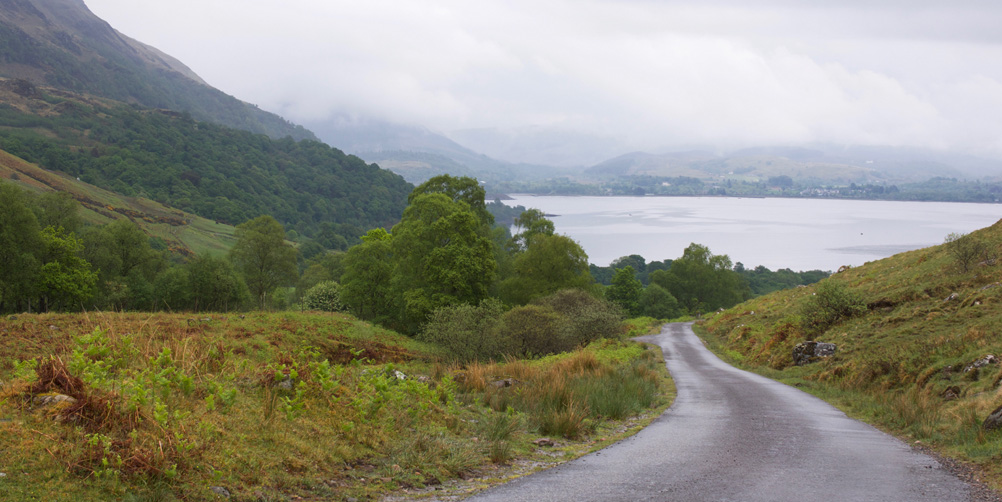
Looking for the yew of Easragan
Just recently, while reading a lovely book called ‘True Tales from the West Highlands and Islands’ by Tony Dalton, I came across this old Gaelic verse:
Bogha a dh’iubhar Easragain,
Sioda na Gaillbhinn
Saighead a bheithe an Doire-dhuinn,
Ite firein Locha Treige
Bow of the yew of Easragan,
Silk of Gallvinn
Arrow of the birch of Doire-donn,
Feather of the eagle of Loch Treig.
The verse is, in fact, a kind of recipe… or, at least, it describes the components necessary for making bows and arrows, and where to find them. Loch Treig is a freshwater loch high on Rannoch Moor, a wilderness haunted by golden eagles; Gallvinn is likely to be the town of Dunkeld, known for producing honey, beeswax and silk, whose old name was Baile nan Gaillbhinn. The birch woods of Doire-donn are said to be in Glen Orchy, while Easragan lies on the north shore of Loch Etive.
I’d heard about a bow-making connection on Loch Etive before: while researching the history of Ardchattan Priory, I read that, before the Battle of Bannockburn in 1314, Robert the Bruce ordered wood for bow-making from the yew trees growing there. A few years previously, in 1308, he had visited Ardchattan to hold what is believed to be the last Scottish Parliament conducted in Gaelic.
It seems that there’s a long connection with bow-making in this part of the Highlands. Tony Dalton reveals that, in the 11th or 12th century, “a band of Mac-an-leisdears [sons of the arrow maker] settled in Glen Orchy, where they became arrow makers to Clan MacGregor.” Glen Orchy lies about 10 or 15 miles to the east of Loch Etive, as the crow flies. Leisdear, pronounced ‘leshjer’, is the Gaelic version of ‘fletcher’, from the French flechier or arrow-maker. An old saying explains that the Mac-an-leisdears were the first to occupy Glen Orchy: “Se clann-an-Leisdar a thog a chiad smuid a thug goil air uisage on Urcha” (the Fletchers were the first to raise smoke to boil water in Glenorchy.) Boiling water, apparently, was a traditional way of laying claim to new territory. I love to think of them all cosily sitting around a camp fire and having a brew, although I’m sure it wasn’t like that at all.
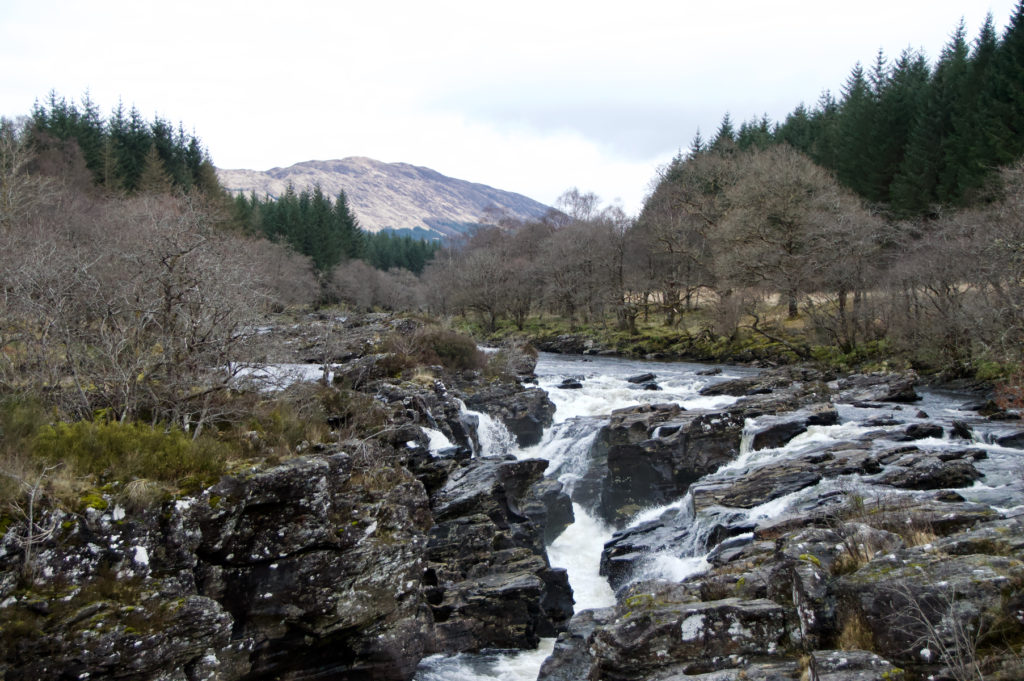
Glen Orchy, taken earlier in the year
For some reason, I am just entranced by the verse – it’s almost spellbinding. The yew of Easragan… looking at the map, I discovered Inveresragan, meaning ‘the mouth of the river Esragan’, which flows down from the hills into Loch Etive, not far from Ardchattan. I wondered if there might still be some yew trees growing there. We ventured out to take a look.
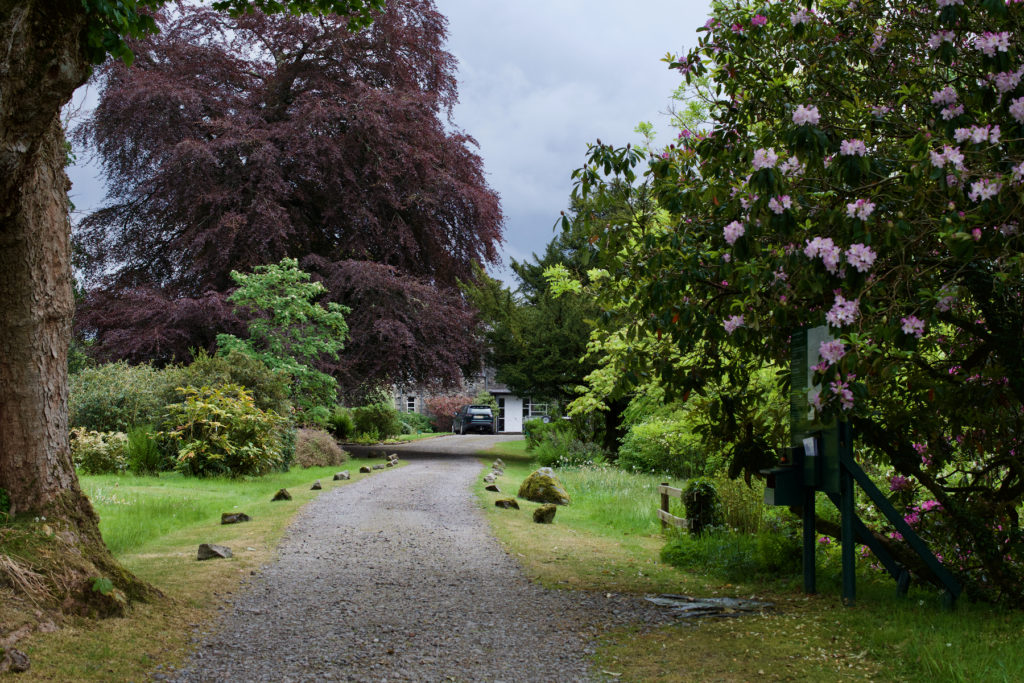
Entrance to Ardchattan Priory and Gardens
The minor road meanders along the north side of Loch Etive for several miles, and you can’t help but drive at a snail’s pace. The weather was soft and drizzly, with cloud clinging to the tops and the dove-grey sky mirrored in the water. Past the Priory, where I could clearly see some yew trees in the garden, although it was hard to know just how old they might be; and then on, round a few tree-lined bends, to the junction at Inveresragan, where another road rises from shore level and climbs into the hills towards Barcaldine.
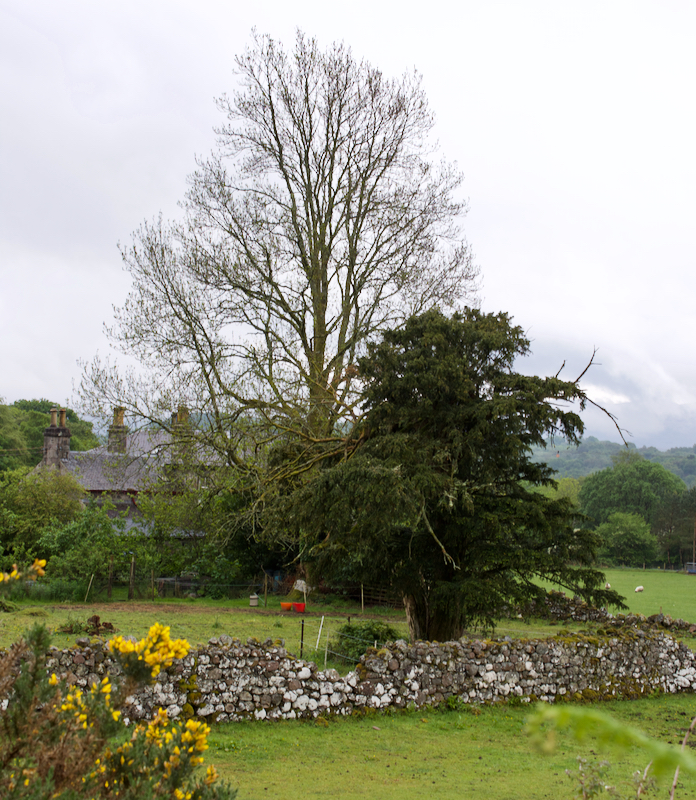 Here, an old yew tree could be seen growing in a field, close to a farmhouse. A lone survivor of many, perhaps… or maybe one of their offspring. Turning left, we followed the hill road for a few miles, looking carefully at the trees that flank the gorge… but they all appeared to be willow and birch, with the odd oak, rowan and ash among them. Here and there the profuse white blossom of a May tree caught the eye, and on the upper slopes bracken was fast overtaking the flush of bluebells. With no more yews in sight we turned around and headed back down to Ardchattan Priory, where I was more than ready to be distracted by the glorious ruins.
Here, an old yew tree could be seen growing in a field, close to a farmhouse. A lone survivor of many, perhaps… or maybe one of their offspring. Turning left, we followed the hill road for a few miles, looking carefully at the trees that flank the gorge… but they all appeared to be willow and birch, with the odd oak, rowan and ash among them. Here and there the profuse white blossom of a May tree caught the eye, and on the upper slopes bracken was fast overtaking the flush of bluebells. With no more yews in sight we turned around and headed back down to Ardchattan Priory, where I was more than ready to be distracted by the glorious ruins.
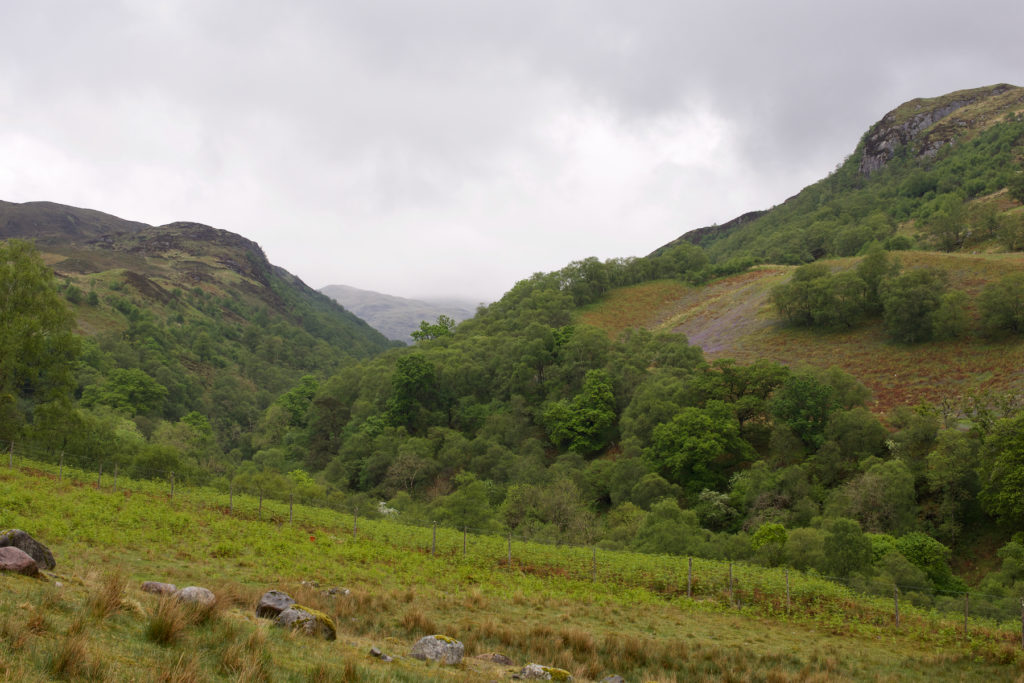
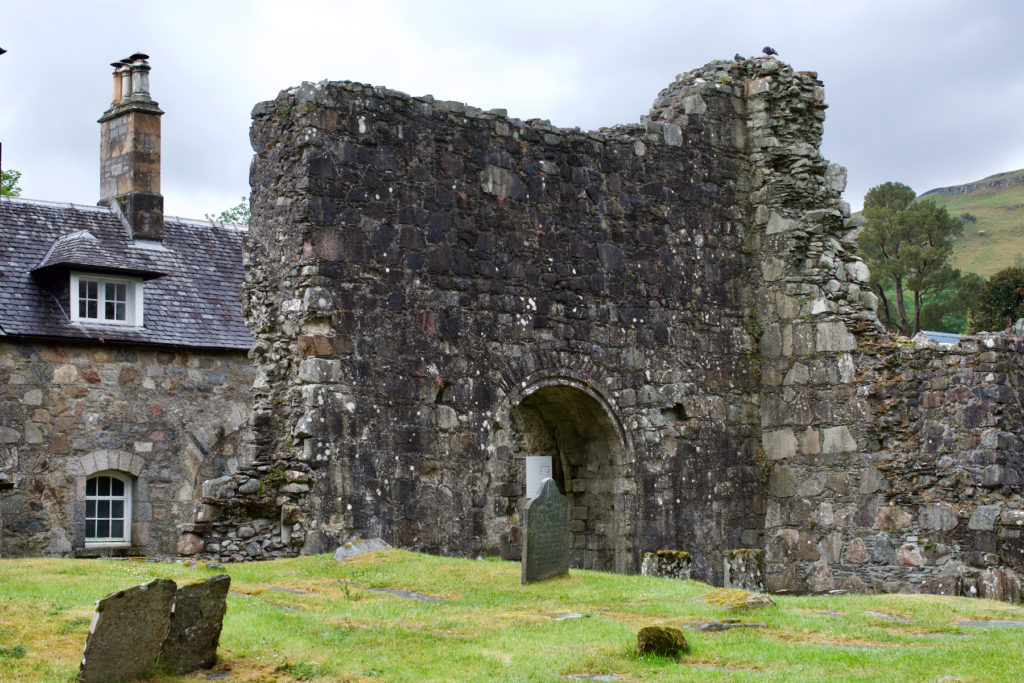
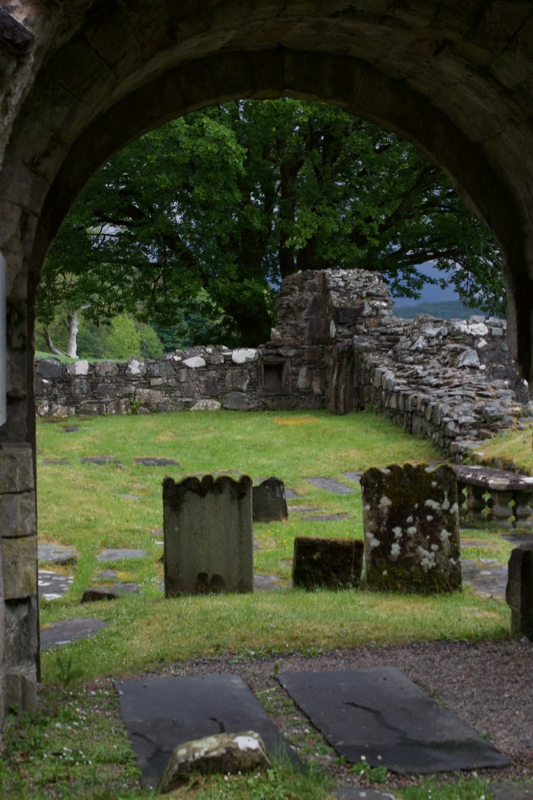 The Priory was founded in 1230 by Duncan MacDougall for a small community of Valliscaulian monks, and it flourished until the end of the 1500s. The priory church continued in use until the early 18th century, and the ruins served as a parish burial ground until 1906. Some of the surviving walls have been incorporated into a farmhouse. I’ve described Ardchattan in a previous post on The Hazel Tree, but enjoyed this visit as it’s always possible to find details that you’ve missed before.
The Priory was founded in 1230 by Duncan MacDougall for a small community of Valliscaulian monks, and it flourished until the end of the 1500s. The priory church continued in use until the early 18th century, and the ruins served as a parish burial ground until 1906. Some of the surviving walls have been incorporated into a farmhouse. I’ve described Ardchattan in a previous post on The Hazel Tree, but enjoyed this visit as it’s always possible to find details that you’ve missed before.
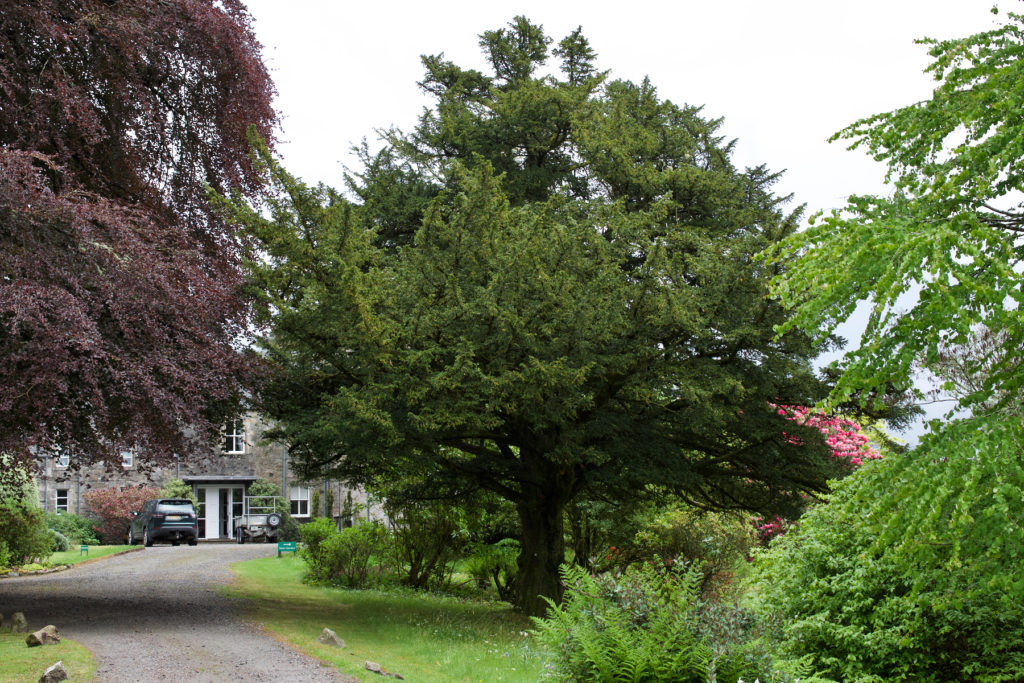
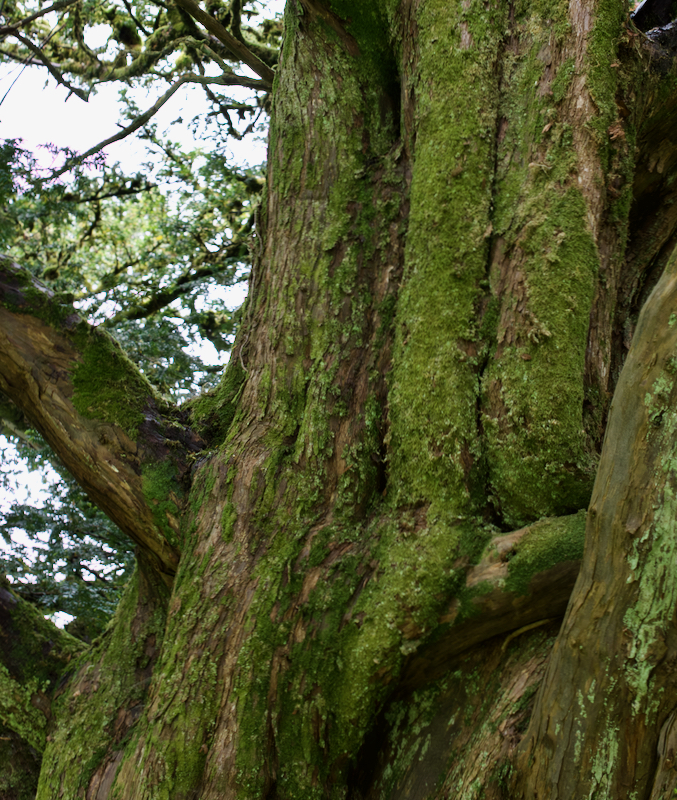 Most old chapels, at least on the mainland, have yew trees growing nearby, and Ardchattan is no exception. There are a couple of impressive specimens in the gardens, and some smaller or younger trees around the perimeter of the ruins. Yew trees can live for thousands of years, although these don’t look quite as ancient as that. At least there are still yew trees here… and the Priory building itself would have been over 70 years old at the time of Robert the Bruce’s parliament. Some of the people buried here – largely MacDougall chiefs, clansmen and priors – would have remembered his request. And before that, the Mac-an-leisdears of Glen Orchy, if the verse is to be believed, would have come here to find suitable wood for their trade.
Most old chapels, at least on the mainland, have yew trees growing nearby, and Ardchattan is no exception. There are a couple of impressive specimens in the gardens, and some smaller or younger trees around the perimeter of the ruins. Yew trees can live for thousands of years, although these don’t look quite as ancient as that. At least there are still yew trees here… and the Priory building itself would have been over 70 years old at the time of Robert the Bruce’s parliament. Some of the people buried here – largely MacDougall chiefs, clansmen and priors – would have remembered his request. And before that, the Mac-an-leisdears of Glen Orchy, if the verse is to be believed, would have come here to find suitable wood for their trade.
Silk of the Gallvinn, birch of Doire-donn, feather of the eagle of Loch Treig. Bow-making was obviously a highly skilled practice, revered not just for the physical craftsmanship but for the provenance of the materials, which could have held untold spiritual significance for the archers who used them. Maybe the bow itself, like a sword, became a personal and much prized possession. A deadly one, of course, and life at that time was haunted by risks that we’ve largely forgotten. But there’s still something so compelling in the words, repeated and known for generations, that we can almost hear their voices.
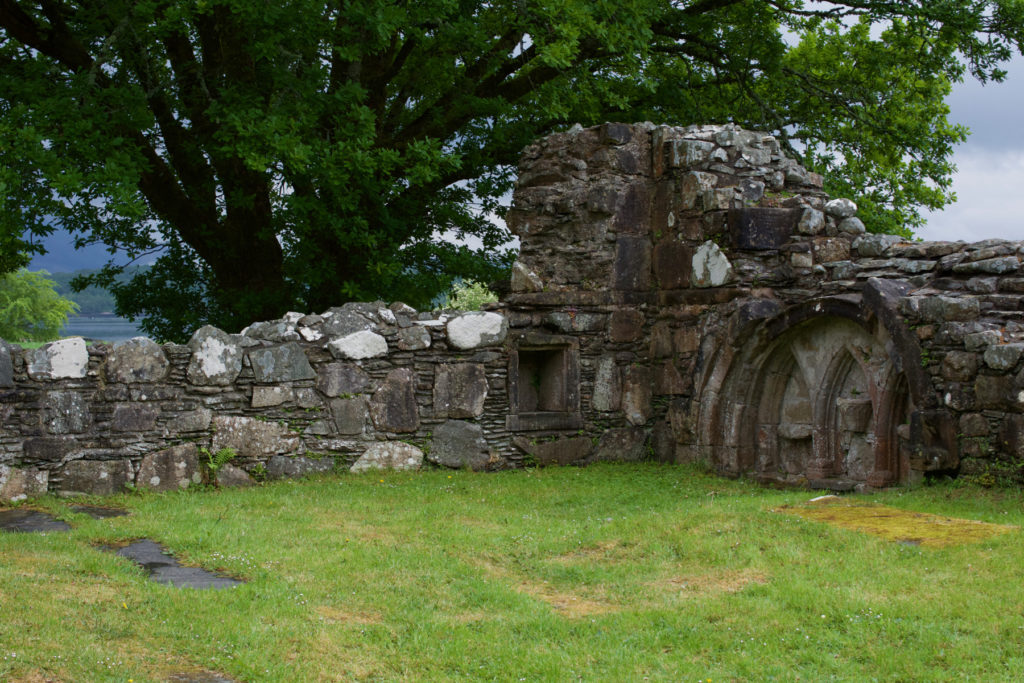
Sources and further reading:
- ‘True Tales from the West Highlands and Islands‘ by Tony Dalton
- The Gaelic verse is quoted in ‘Carmina Gadelica‘, a collection of hymns, songs and folklore made by Alexander Carmichael in the late 1800s.
- Ardchattan Priory
- ‘The Ancient Fletchers‘ by Margaret Mason
- Undiscovered Scotland (Ardchattan)
- ‘Journeying in MacDougall Country‘ by Walter MacDougall
Images © Jo & Colin Woolf

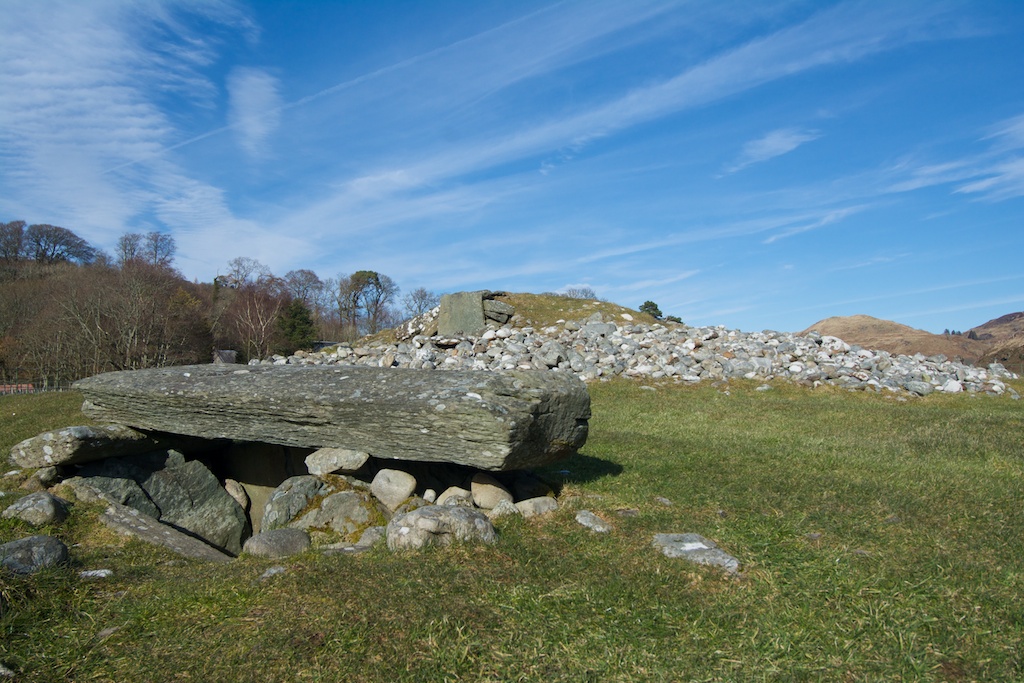
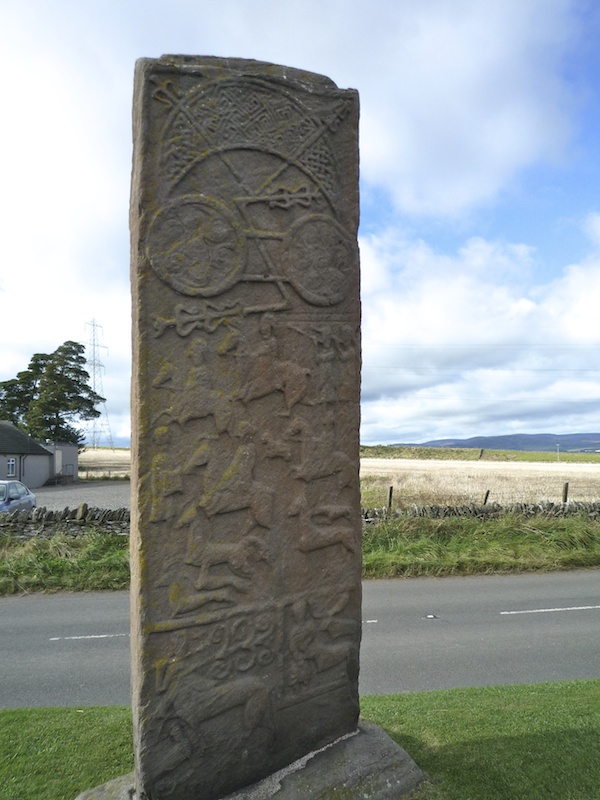
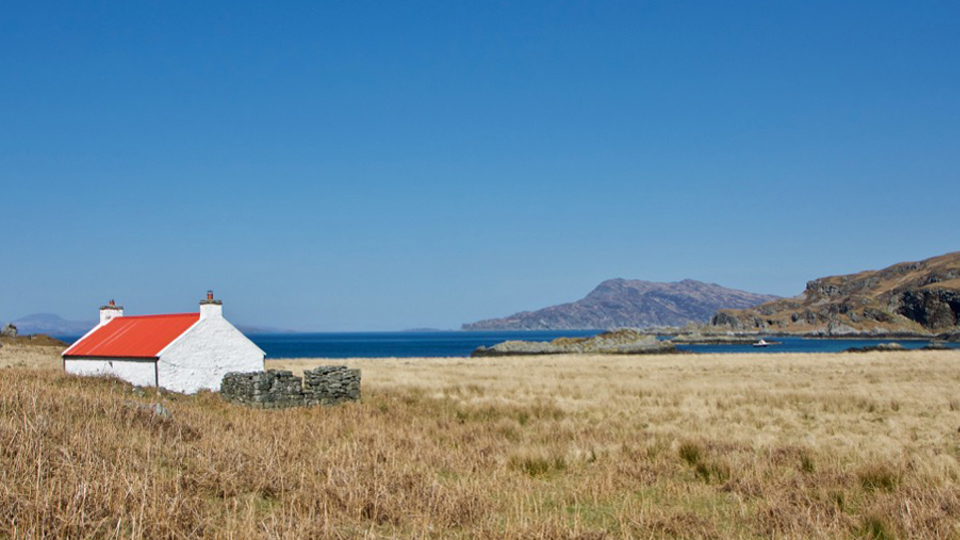
14 Comments
Kay Leitch
I really loved this blog – so interesting, and great to see Gaelic words and expressions with translations. I haven’t lived in Scotland for decades, but this managed to make me feel homesick! Thanks for posting. Incredible photographs too.
Jo Woolf
Thank you very much, Kay! I’m so glad you enjoyed it. I sometimes wonder if I go off on romantic goose chases but it’s such fun! I love the fact that there are so many stories preserved in the landscape. Glad to bring a breath of Gaelic as well – it fascinates me although I don’t speak it (I speak Welsh which I think is similar).
montucky
Fascinating piece of history! How wonderful it must be to visit places like that, knowing what went on so many years ago. I have a fondness for archery and just imagine what the old archery equipment was like and I can understand how important it was to find the materials for it in certain locations, and I’m in awe at the knowledge and skill they had way back then.
Jo Woolf
Thank you! It really is amazing to visit these places, and sometimes you feel as if the ‘history’ of them is still happening, out of the corner of your eye. Interesting that you practise archery, so you will readily appreciate the skill that goes into it! There must have been such pride in the craftsmanship. I was trying to see if any examples of bows from that time have been preserved, but I don’t think they have (although an iron arrowhead was found on Bannockburn battlefield).
Sandra
I agree, Jo, the verse is entrancing; an evocation of a time long passed and yet still evident, in a whisper on the air perhaps. There should be a novel with the title you’ve used for this piece! 🙂
Jo Woolf
Ahhh, lovely idea! Or a song, perhaps? 🙂
Sandra
A song would be perfect! 🙂
Alli Templeton
A really enjoyable read with beautiful photographs. You do live in a particularly scenic part of the world, so stunning for walking and history. As a medievalist and a longbowman, I enjoyed reading about the priory, and the bow making for Robert Bruce. Great post. 🙂
Jo Woolf
Thank you very much, Alli! And you’re a longbowman yourself! Fantastic. I’m really glad you enjoyed reading about the history of this place. It amazes me how much hidden history there is, just beneath the surface. We really are lucky to live here!
Alli Templeton
You are, indeed. I’m doing a history degree and my next module is most likely to be Scottish Medieval History. What a good excuse to visit! 🙂
Jo Woolf
Oh, wow… plenty of scope here, haha! 🙂
Alli Templeton
Indeed there is. My tutorials would even be in Dundee. 🙂
Marie Macpherson
Thanks for this Jo, My husband, a Silver Arrow winning, Kilwinning archer, found this fascinating! Valliscaulian monks are new to me!
Jo Woolf
Oh wow, that’s amazing! So glad that he found it interesting! Thank you, Marie, and for sharing it! I’d not heard of Valliscaulians either, until I’d visited Ardchattan. It’s such a lovely little place – as they all are, of course! I managed to lift the wooden lid on the boxed tomb this time as well – will have to post some pics on Facebook.